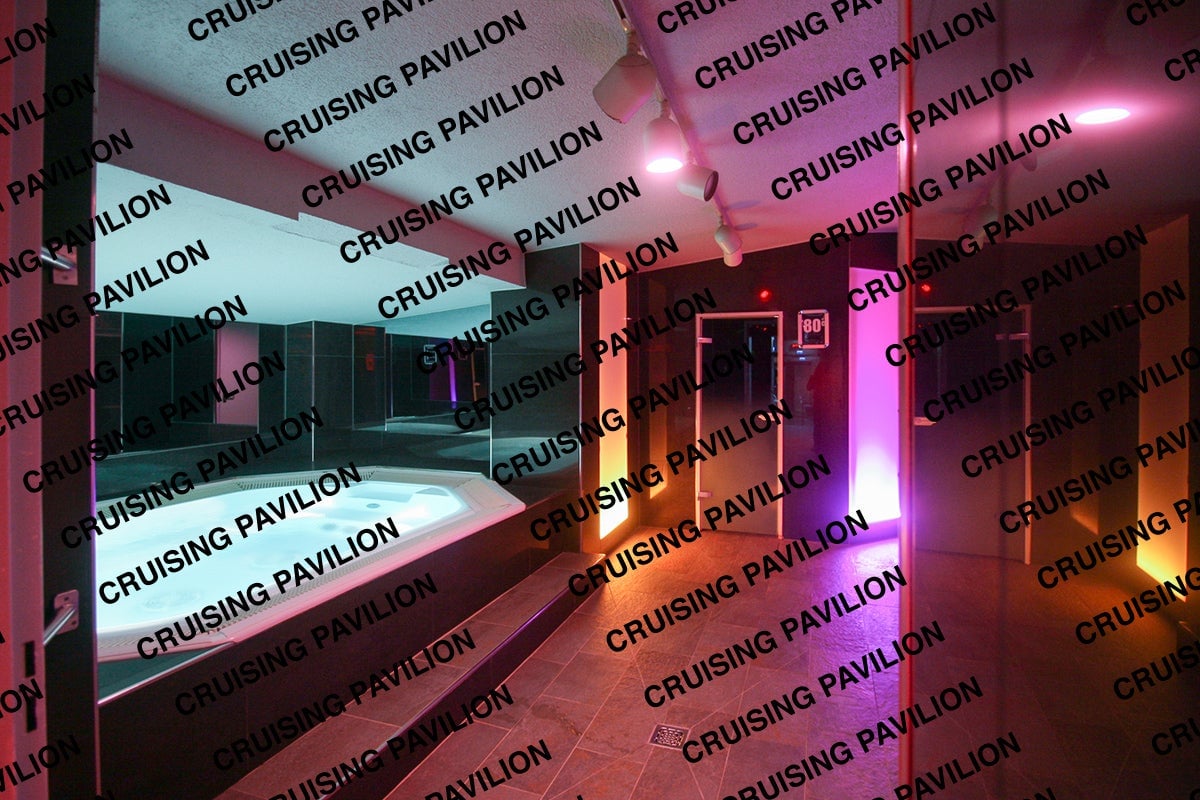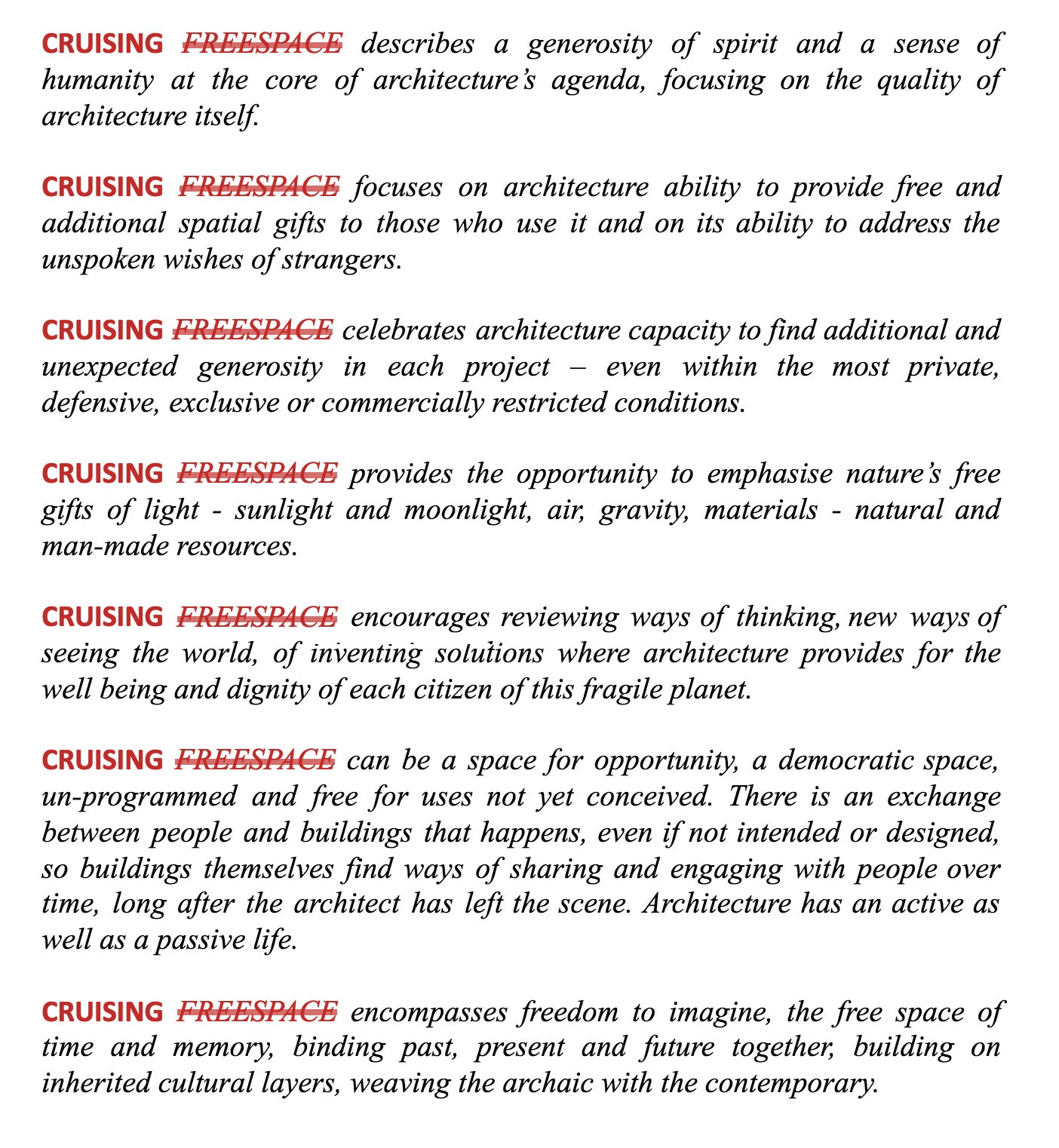This year’s Venice Biennale will include a gay cruising pavilion
The 16th International Architecture Exhibition, which takes place later this month in Venice, will feature a large-scale installation that celebrates cruising, also known as the act of searching in public for sexual encounters. Cruising, which is usually associated with queer and homosexual men, has a long and divisive history—typically taking place in public spaces like parks, bathrooms, and parking lots, as well as in dedicated establishments like bathhouses and sex clubs. The practice has been long been criticized for depicting gay culture as deviant and dangerous, but is also heralded in art and film as thrilling and affirmative.


The 16th International Architecture Exhibition, which takes place later this month in Venice, will feature a large-scale installation that celebrates cruising, also known as the act of searching in public for sexual encounters. Cruising, which is usually associated with queer and homosexual men, has a long and divisive history—typically taking place in public spaces like parks, bathrooms, and parking lots, as well as in dedicated establishments like bathhouses and sex clubs. The practice has been long been criticized for depicting gay culture as deviant and dangerous, but is also heralded in art and film as thrilling and affirmative.
In a radical project titled the “Cruising Pavilion,” curators Alexandre Mateos, Rasmus Myrup, Octave Perrault, and Charles Teyssou are using public sex to challenge the Venice Biennale’s ‘Freespace‘ (pdf) theme—which is defined as a “generosity of spirit and a sense of humanity at the core of architecture’s agenda.” According to the Cruising Pavilion’s curators, however, ‘Freespace’ fails to question the hetero-normative standards by which public space is created in the first place. The artists even altered the exhibition’s manifesto to reflect the connection between cruising and architecture—which is itself a practice defined by the urban architectural landscape:

The curators note that cruising, by its nature, is an act of “crucial dissidence” in the face of architecture. The press release reads as follows:
“Relegated to the realm of depravity, it feeds off its most structuring disciplinary features. In the bathrooms built for cleanliness and the parks made for peacefulness, and also through the figures of the policeman and the flâneur, the modern city is cruised, dismantled and made into a drag of itself. The dungeon becomes playful, the labyrinth protective, and the baths erotic.”
The Cruising Pavilion will also highlight what the curators describe as the dying historic practice of cruising—an act which they note has existed on a global scale from the “19th century Vauxhall pleasure gardens” to “the 80’s Mineshaft BDSM club.” Faced with a combination of urban development—as well as the commodification of LGBT culture and the development of apps like Grindr—established cruising grounds have emptied, while gay bars and districts have been effectively gentrified. The fear of HIV from the 1980s onward has also helped spur cruising’s demise.
The Cruising Pavilion, on the other hand, seeks to radically embrace and celebrate the architectures and sexual spaces behind cruising by putting the closeted sites on display at mainstream architecture event like the Biennale. The Pavilion is produced in collaboration with Venetian non-profit Spazio Punch, and will feature contributions from over 15 artists and architects. And, in a nifty nod to cruising’s truly subversive origins, drinks and poppers will be served at its opening party on May 24th.
No word on whether actual cruising will take place during Biennale off-hours!